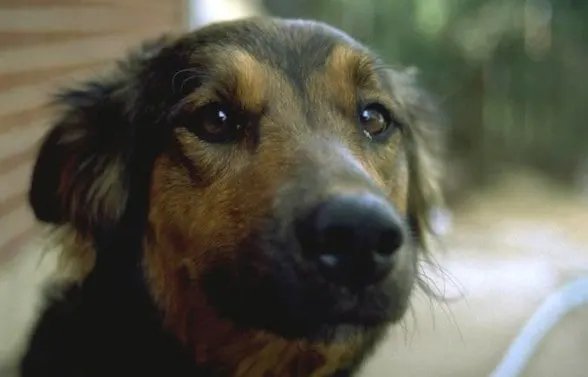
The Dog Daily: Illness and Disease
Protect Your Dog From a Deadly Summer Virus
By Elijah Merrill for The Dog Daily
When seven dogs in the same county die of the same thing within two and a half weeks, people tend to take notice. That’s what happened recently in Lancaster County, Pa., as multiple cases of canine parvovirus proved lethal. According to Dr. Katy Nelson, an emergency veterinarian in Alexandria, Va., parvovirus can pop up in bunches, especially in summer.
“Our pets become more active in the summer, and parvovirus can live longer in a warmer environment,” says Nelson. “I’ve seen multiple animals at a time present similar signs — for example, multiple puppies of the same litter, multiple unvaccinated dogs from the same environment and multiple unvaccinated dogs exposed to an infectious source.”
Transmission and Symptoms of Parvovirus
Parvovirus transmits from dog to dog mainly through direct or indirect contact with the feces of an affected canine, which is why being outdoors often can raise your pet’s chances of getting it. But according to Dr. Patricia Joyce, an emergency clinician at NYC Veterinary Specialists in New York City, it’s not just an “outdoor disease” — since dogs can track it inside and leave microscopic yet live traces of it all over the floor. “If one dog is affected in a household or kennel where there are several other dogs, it would be easy to spread,” says Nelson.
Like other viruses, parvovirus has mutated over the years since it first appeared in the 1970s. And although the strains can vary from year to year, they’re fairly indistinguishable when it comes to testing and symptoms. The most common symptoms of the virus show up in the gastrointestinal (GI) tract, such as severe vomiting and diarrhea, as well as a sudden loss of appetite. Left untreated, it can progress to bloody diarrhea, overall weakness, fever, pale mucous membranes, coma and eventually death. Puppies are particularly vulnerable.
“This virus not only affects the GI tract, as most people know, it affects all rapidly dividing cells within the body — the bone marrow, the GI lining, the myocardial tissues, and the lymph tissues,” says Nelson. “Severe disease can develop rapidly, and may or may not be reversible with appropriate therapy.”
Prevention and Treatment of Canine Parvovirus
Prevention is simple and relatively inexpensive. “Only unvaccinated or inadequately vaccinated dogs are at risk,” says Joyce. “It’s part of the standard vaccine protocol given as three shots to puppies, and as an annual or every two- to three-year booster to adults.” If your dog is up to date on its DAPP vaccine (distemper, adenovirus, parvovirus, parainfluenza), he or she is safe. The cost of the vaccine may be about $30, with variations depending on which part of the country you live in, according to Nelson.
Aside from vaccination, Joyce points out a few other control measures:
- Clean contaminated areas with a household bleach solution.
- Regularly disinfect food bowls, water bowls, toys and bedding.
- Disinfect clothing and shoes.
- Immediately clean up and dispose of waste outdoors.
- Prevent your pooch from having contact with other dogs’ feces outdoors (no sniffing).
The cost to treat an affected dog, however, can be significant. Nelson says she has seen it run into the $7,000 to $8,000 range. And it’s not the kind of illness where you can wait and consider your options. “When these dogs hit the doors of your hospital, everything must shift into overdrive. A diagnosis needs to be made quickly and efficiently, severity of the disease needs to be assessed immediately, and treatment needs to be initiated as soon as possible,” she says. “Delaying therapy is in general considered hastening death.”
For those who do lose a dog to parvovirus, Nelson says most veterinarians advise not getting a new puppy for six months. By then, it’s assumed the virus will be cleared from the environment, if proper cleaning and disinfecting procedures have been employed.
The biggest message that both she and Joyce stress is that this is an easily preventable illness. Vaccination protocols have been extremely successful in controlling the spread of parvovirus. If your dog is not up to date on the vaccine, you should aim to correct that immediately.
Elijah Merrill is a freelance writer whose work has appeared in The New York Times Magazine and Discover.
- Review: Jimmy BX7 Pro Anti-Mite Vacuum Cleaner - December 16, 2024
- 🎉 GIVEAWAY: Lord of the Pets Portrait of Your Dog! - November 26, 2024
- Review: Lord of the Pets Portraits - November 17, 2024
